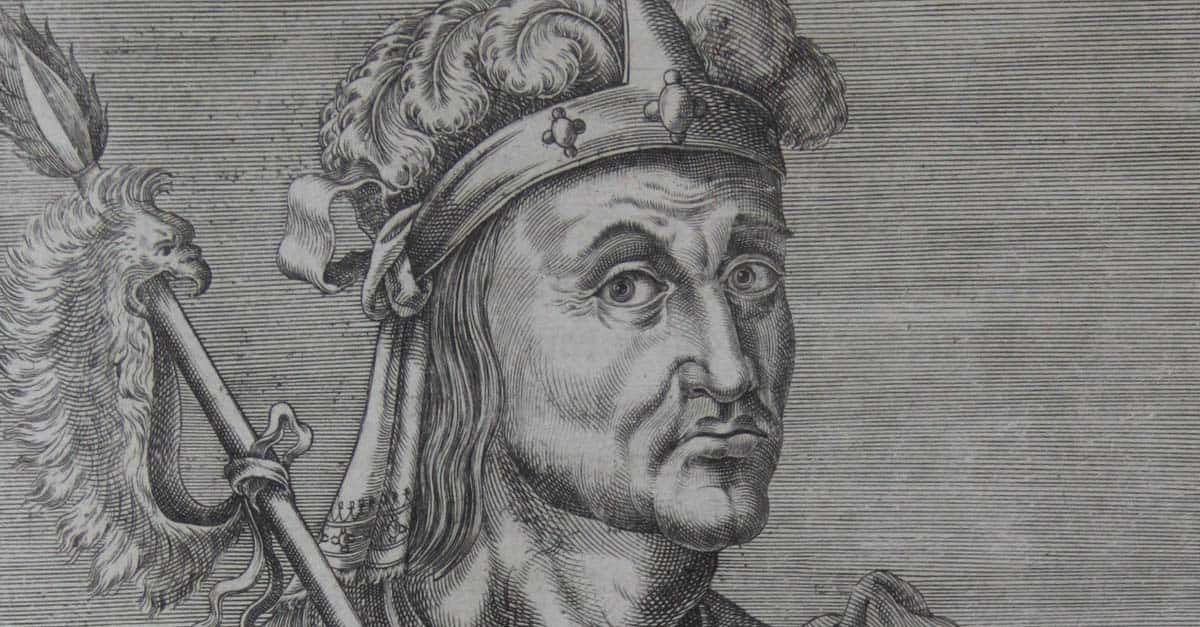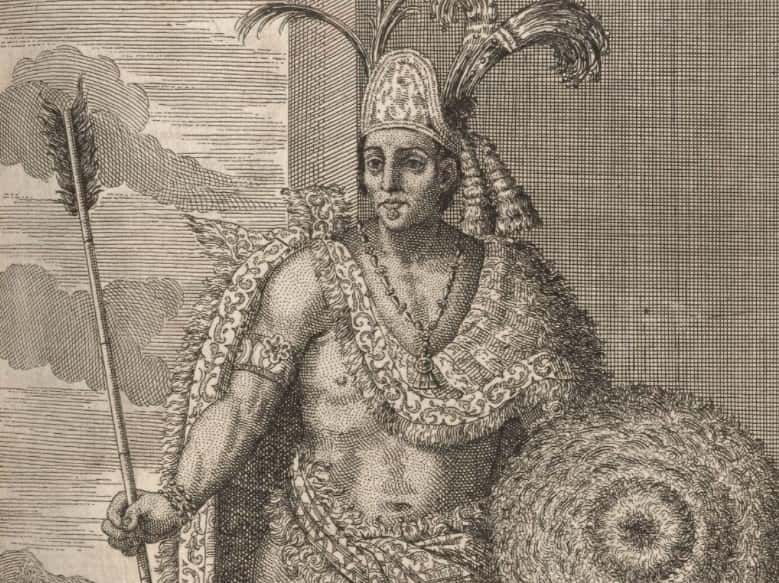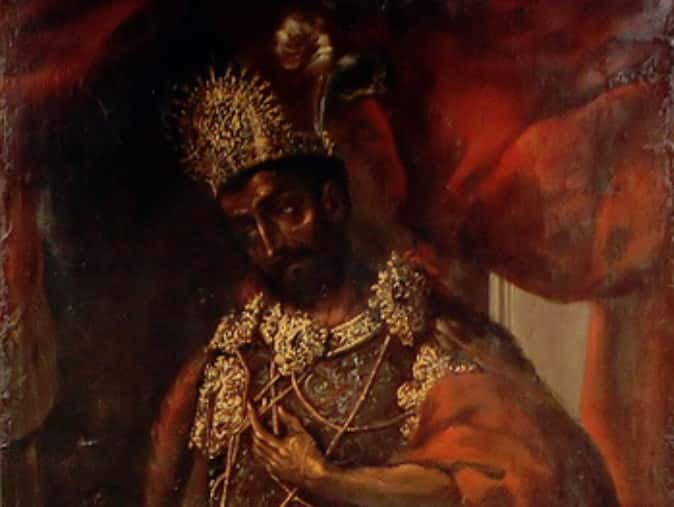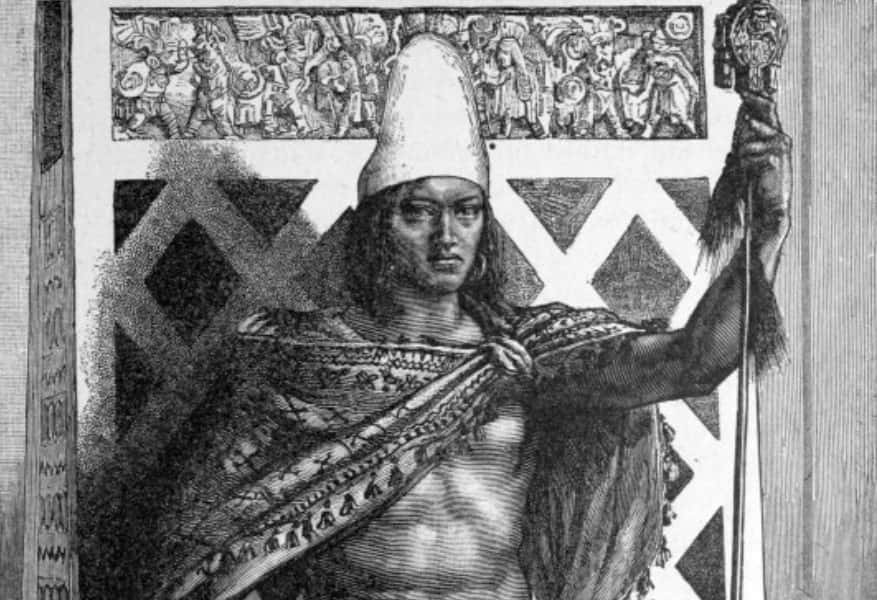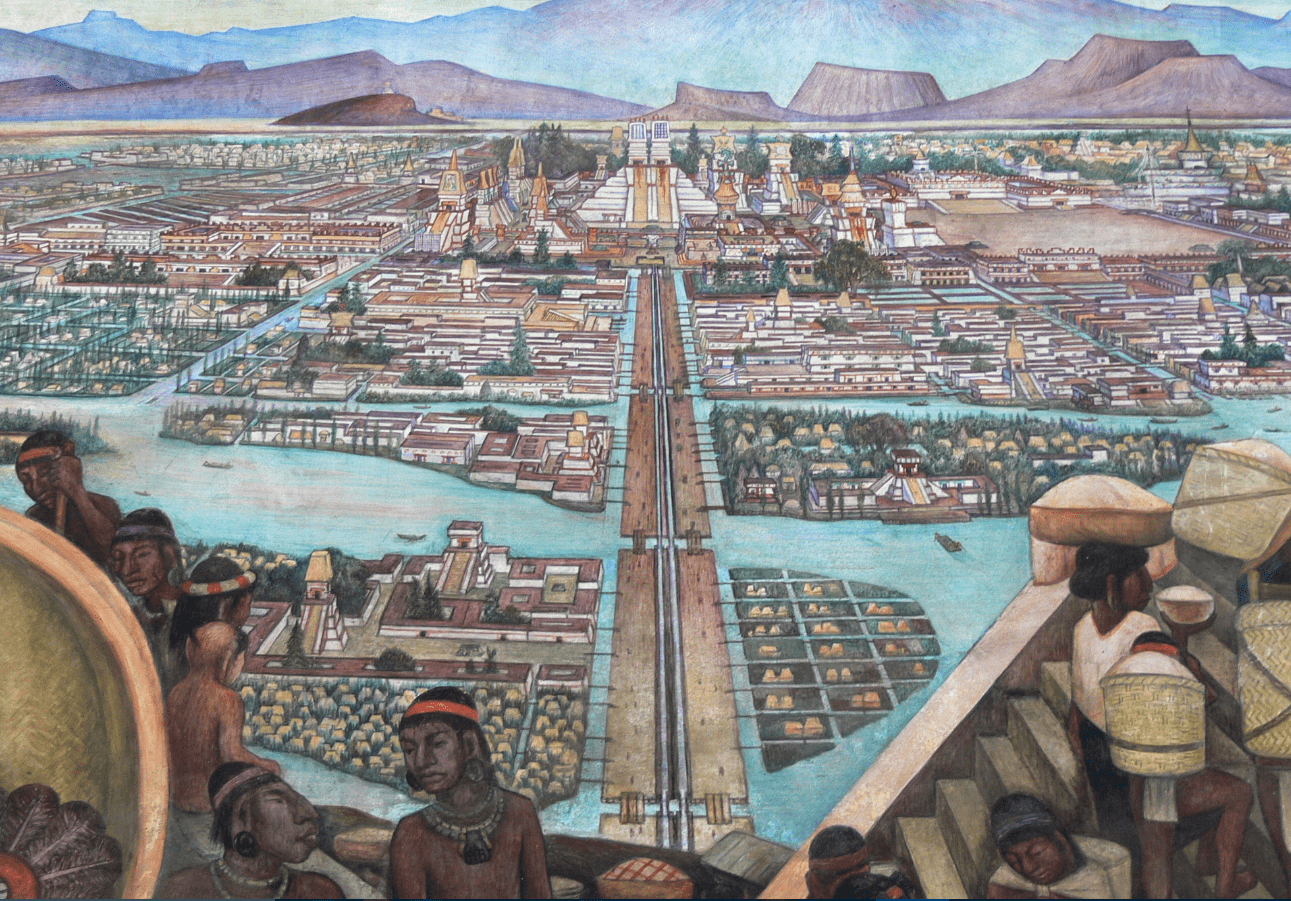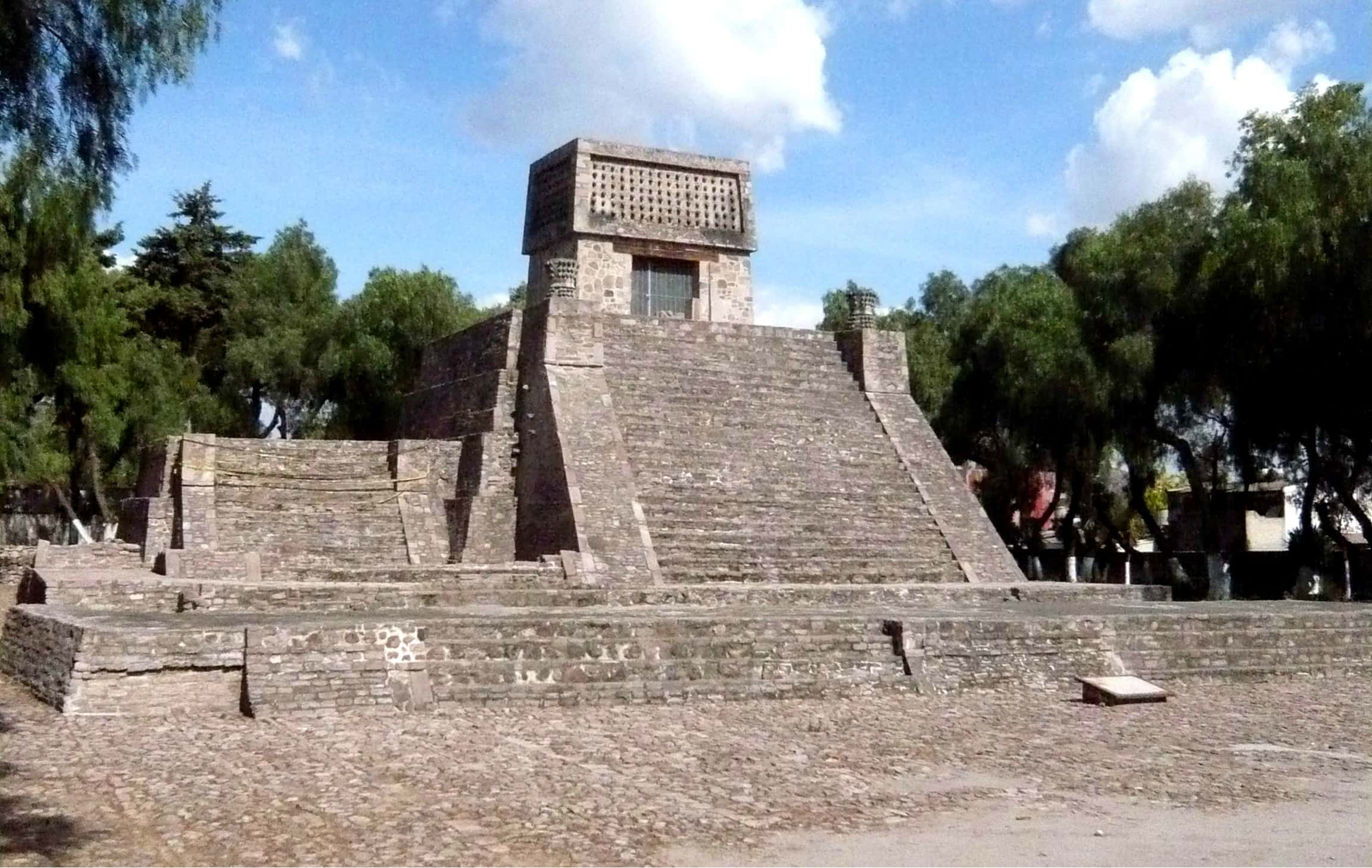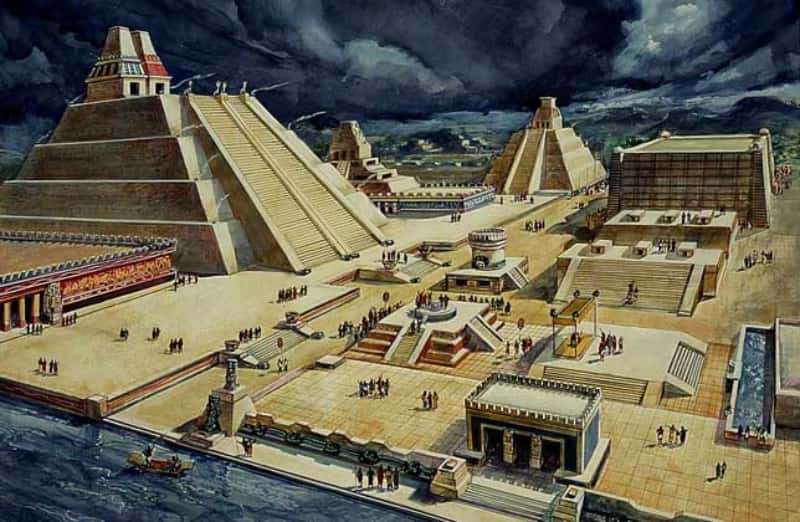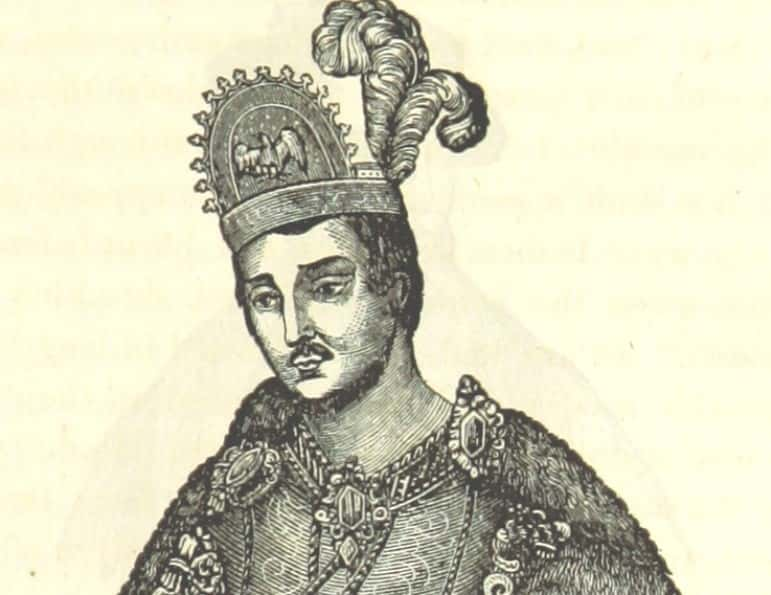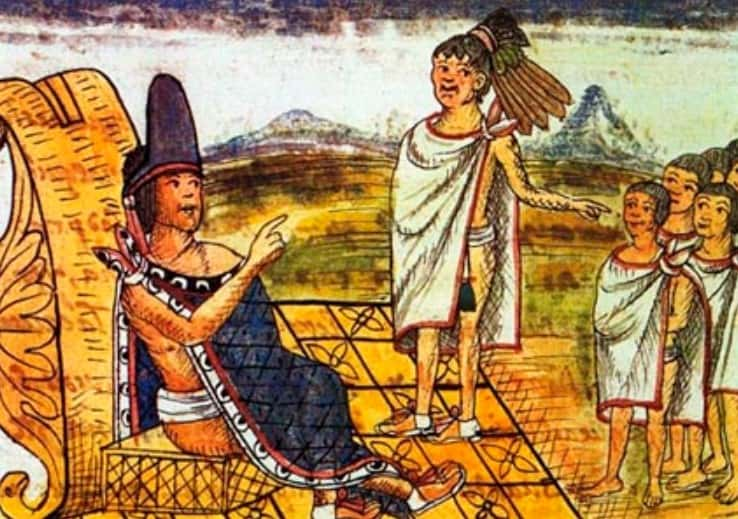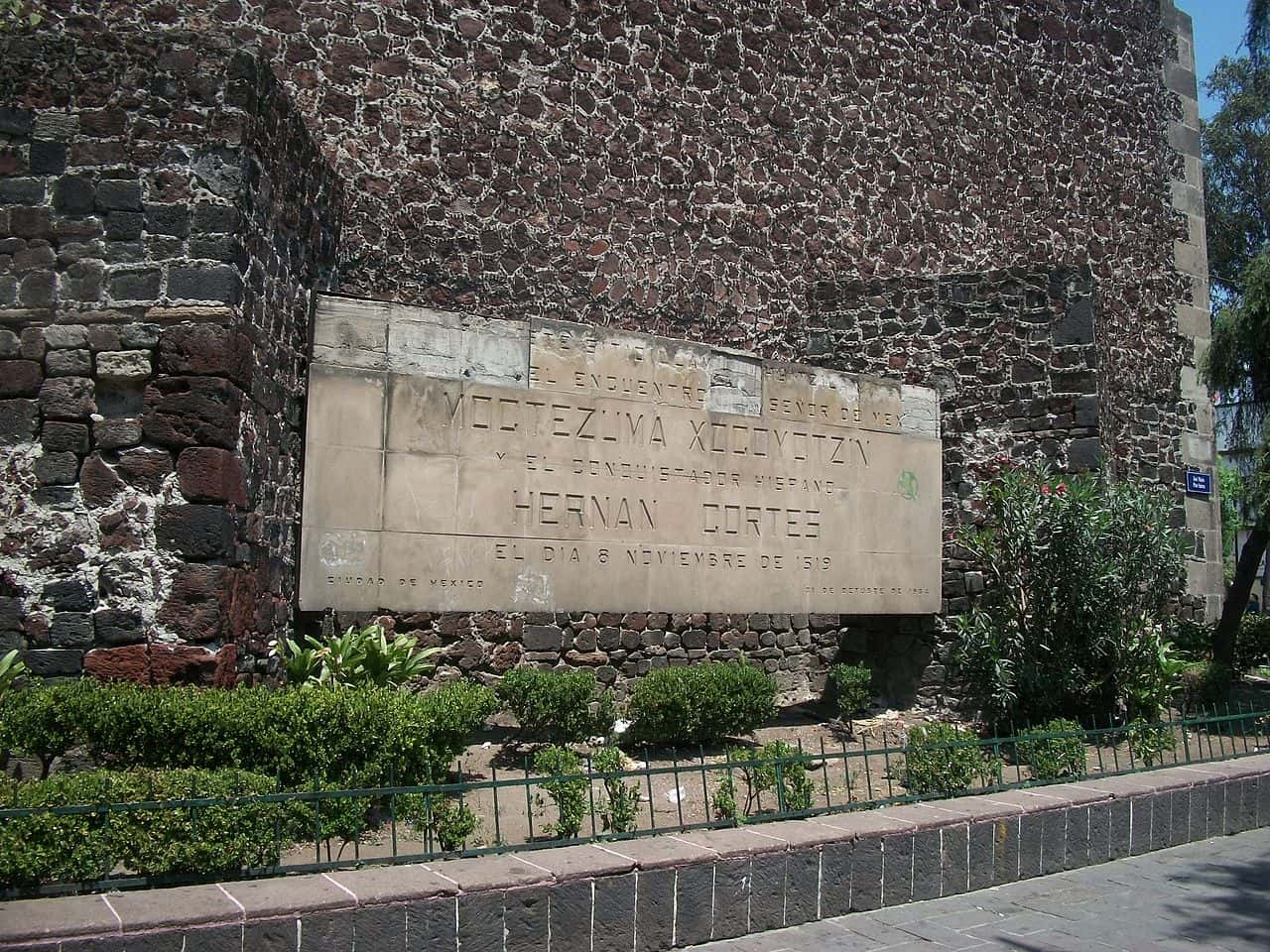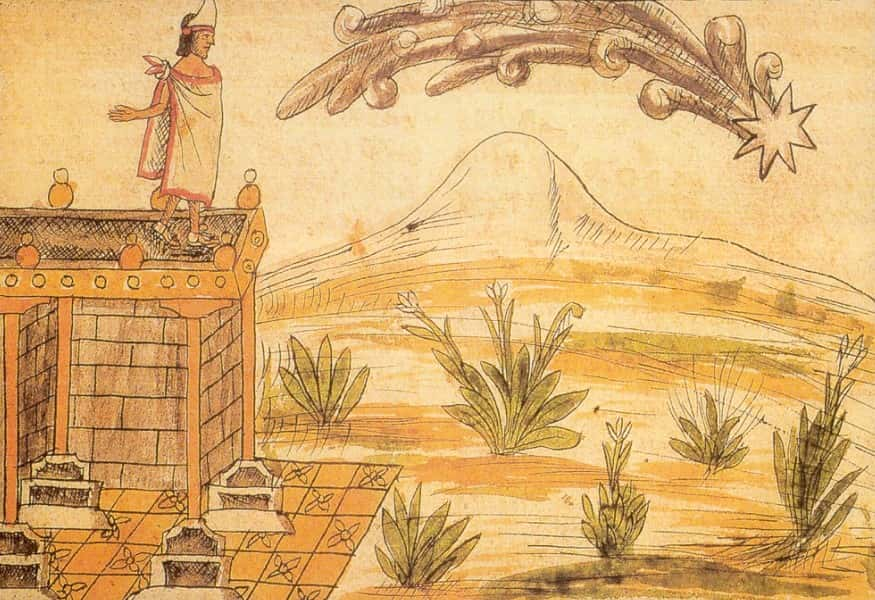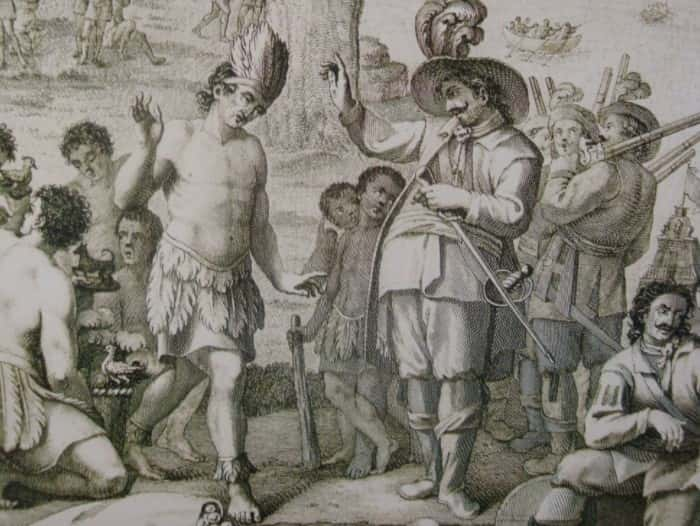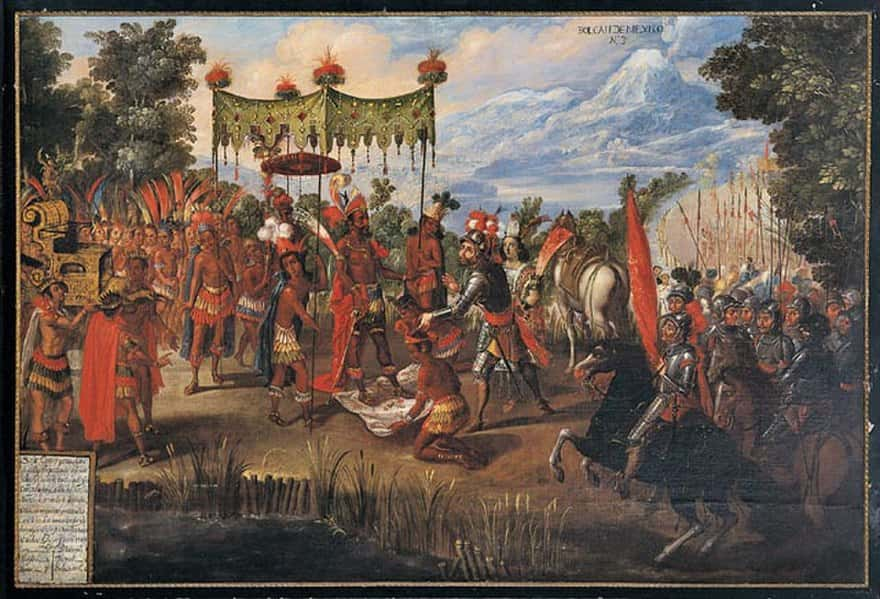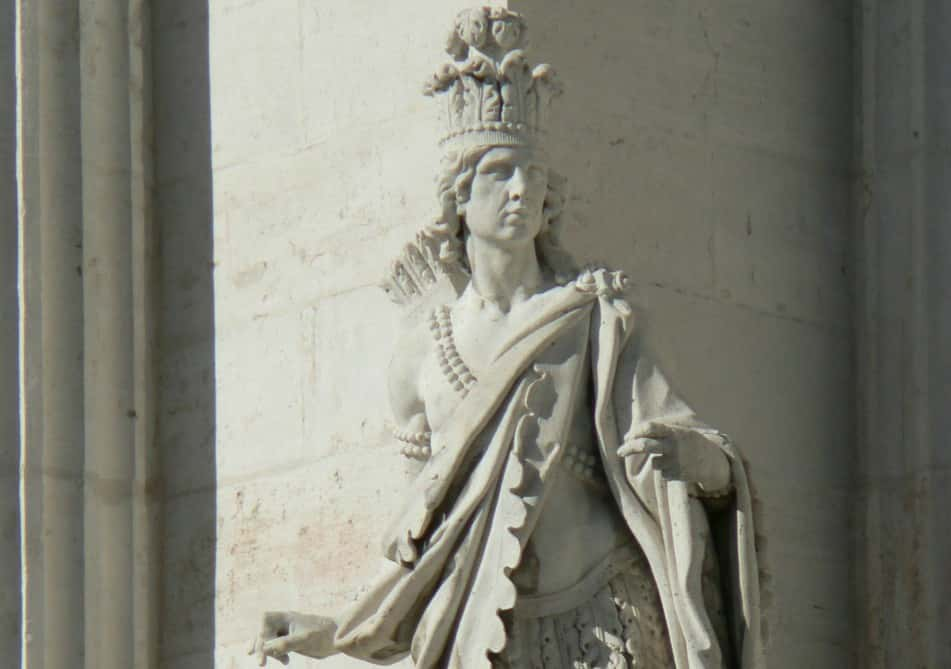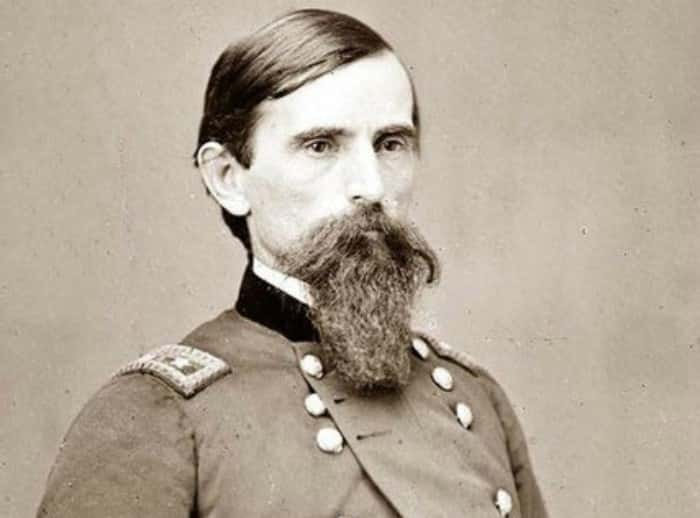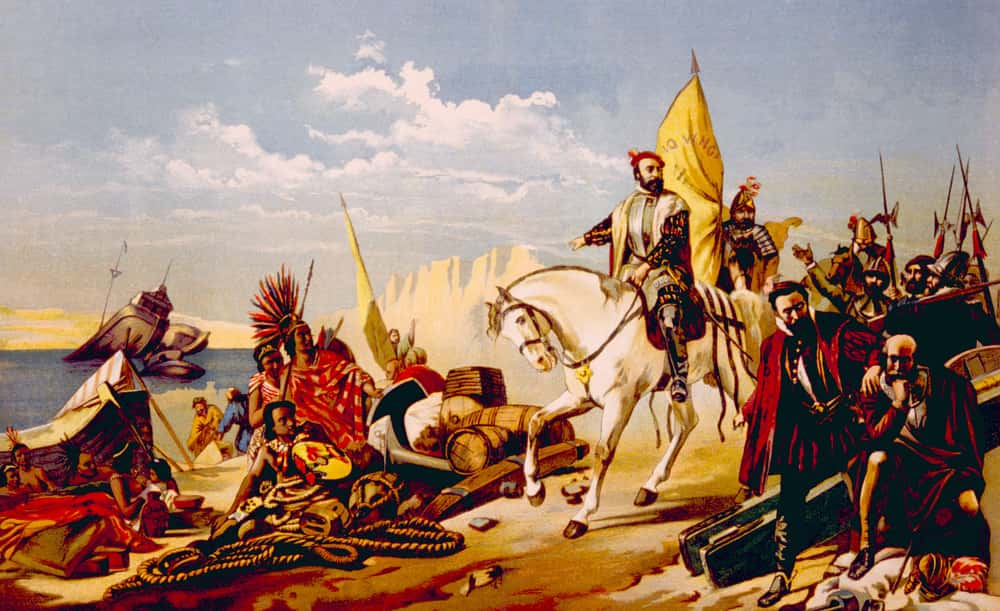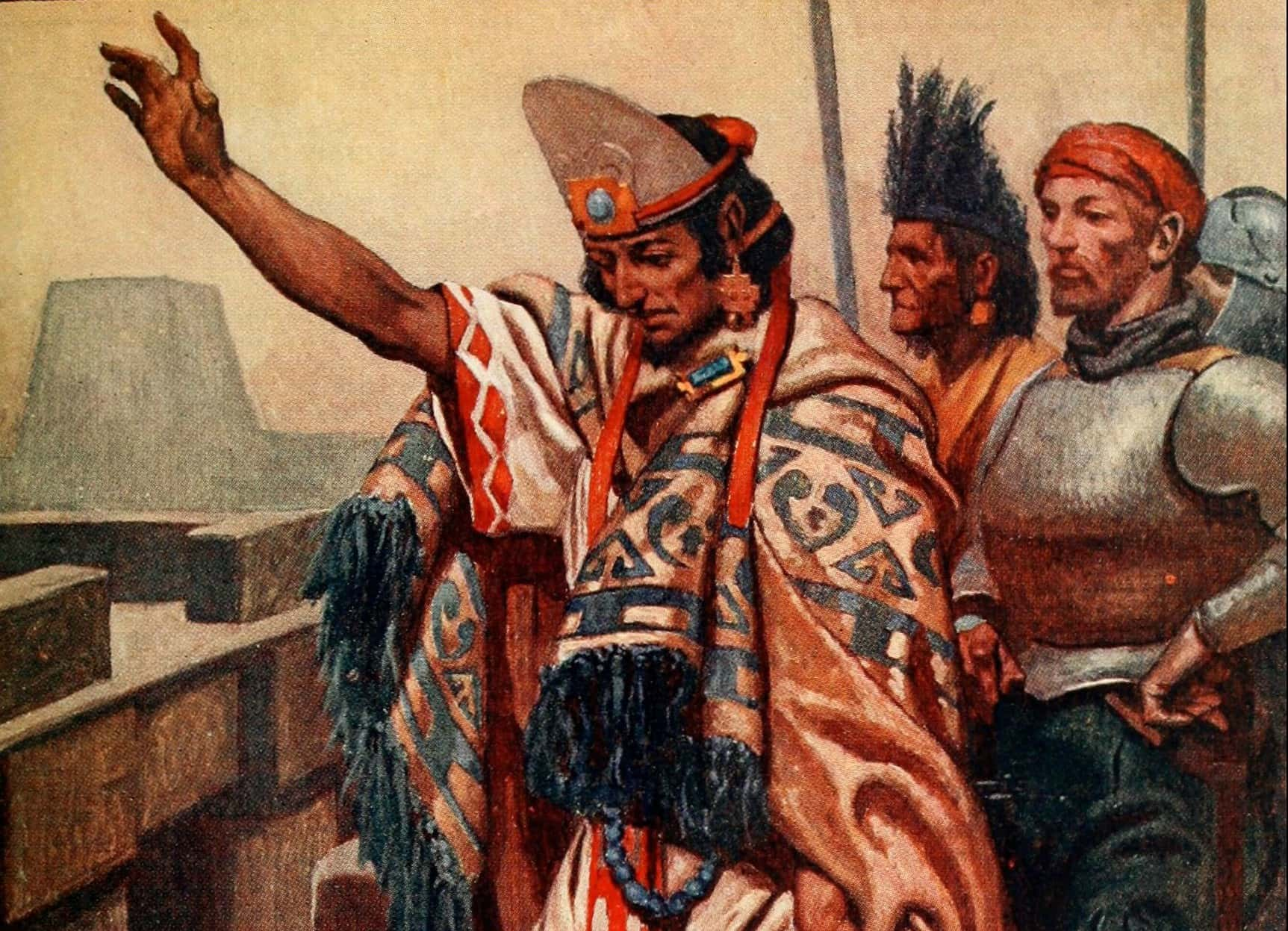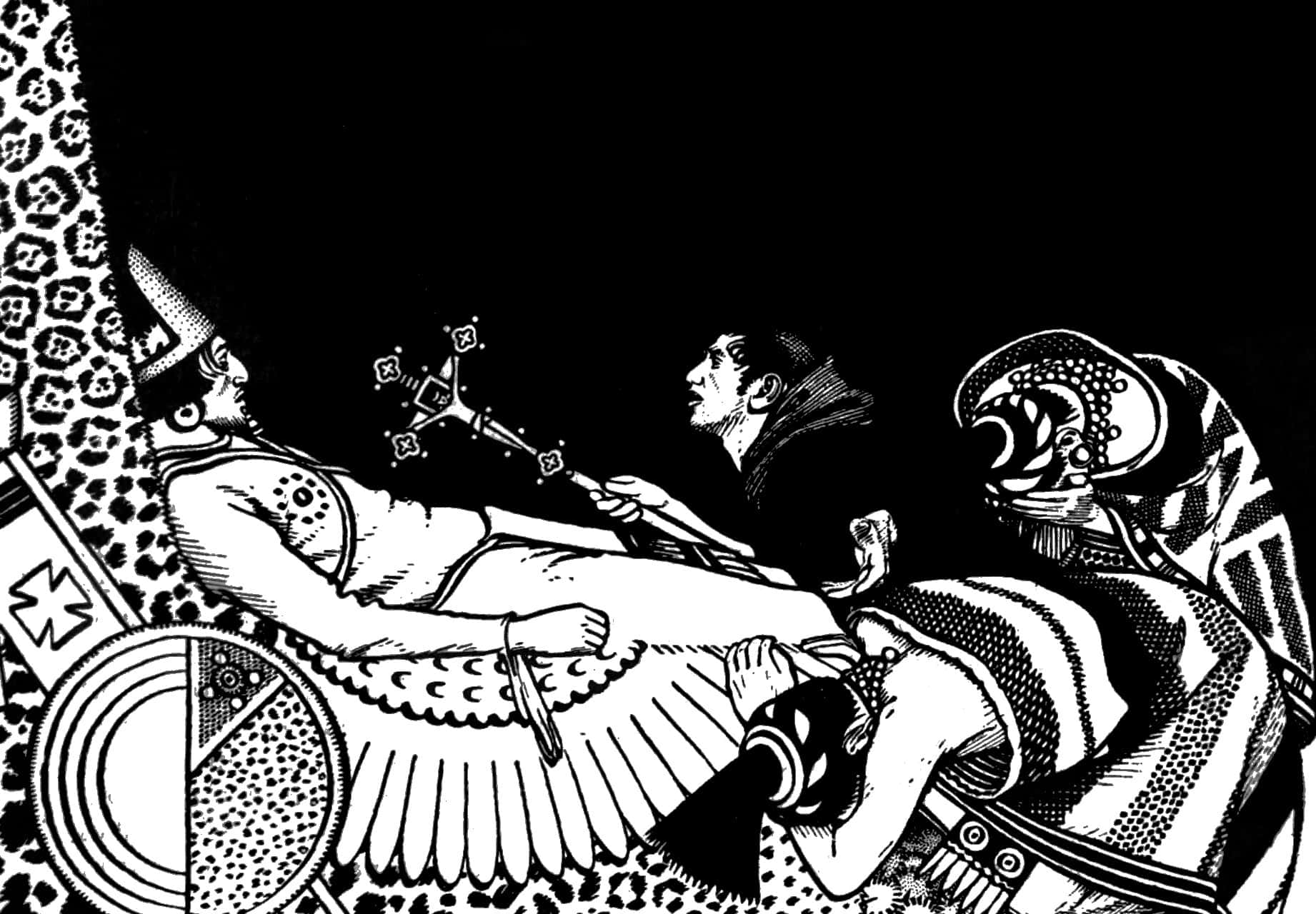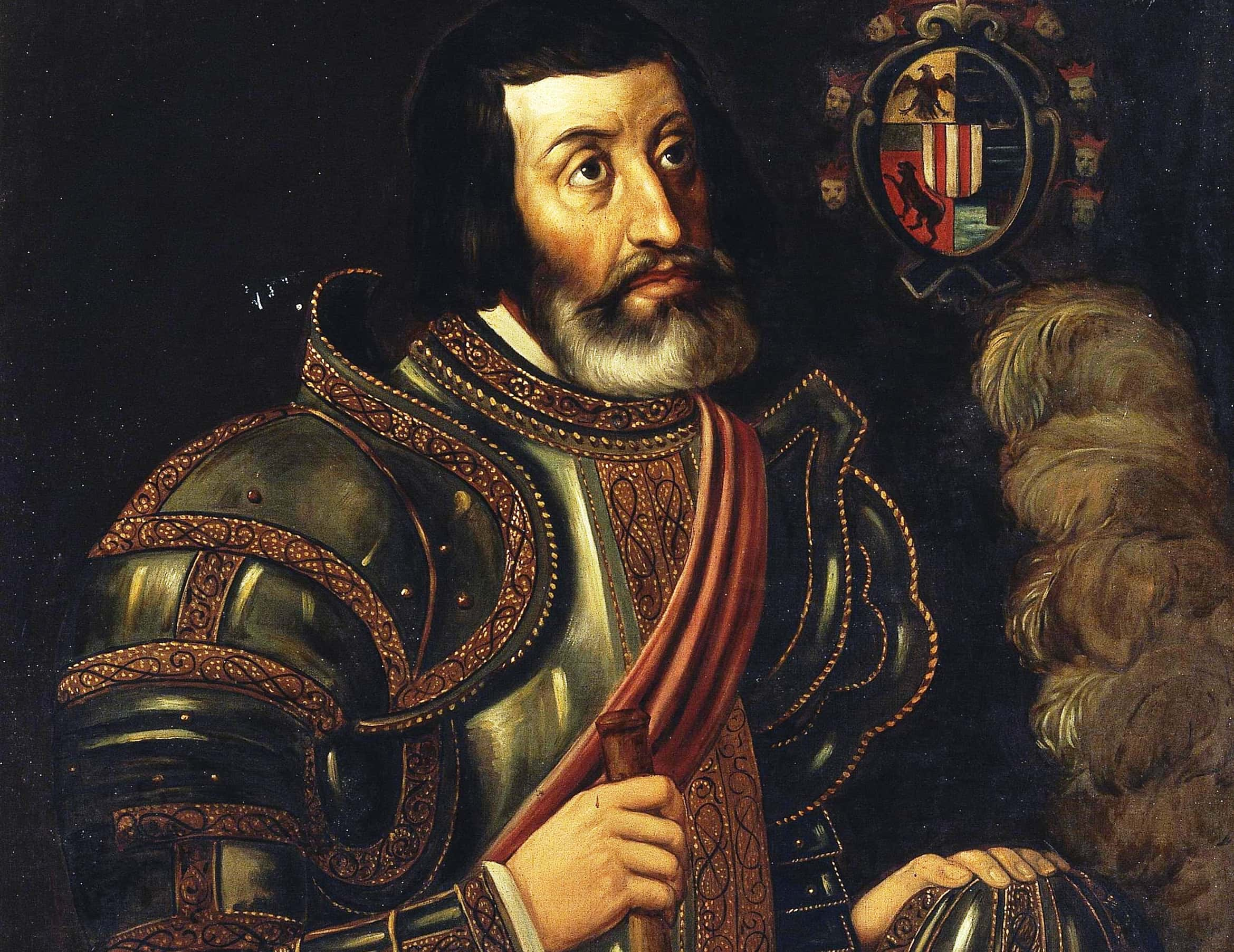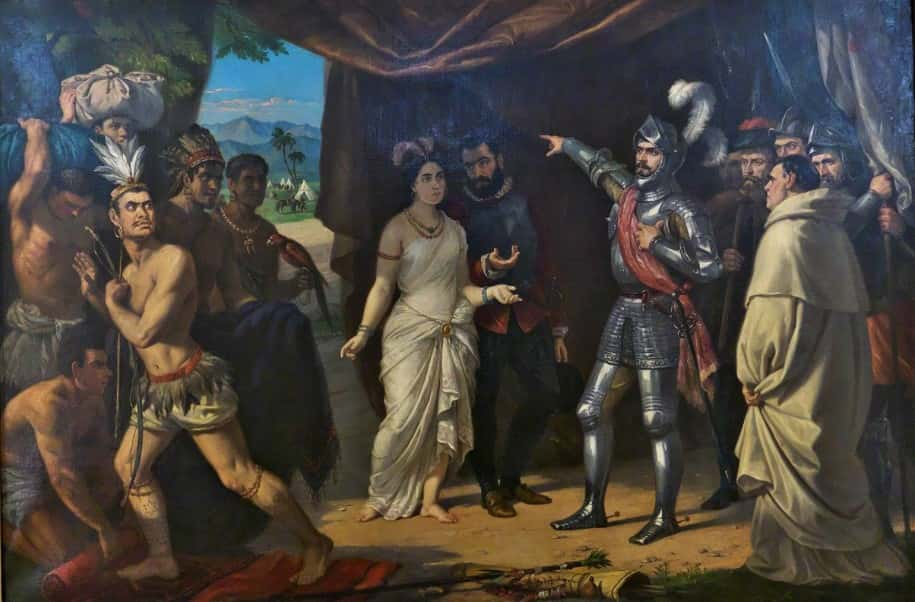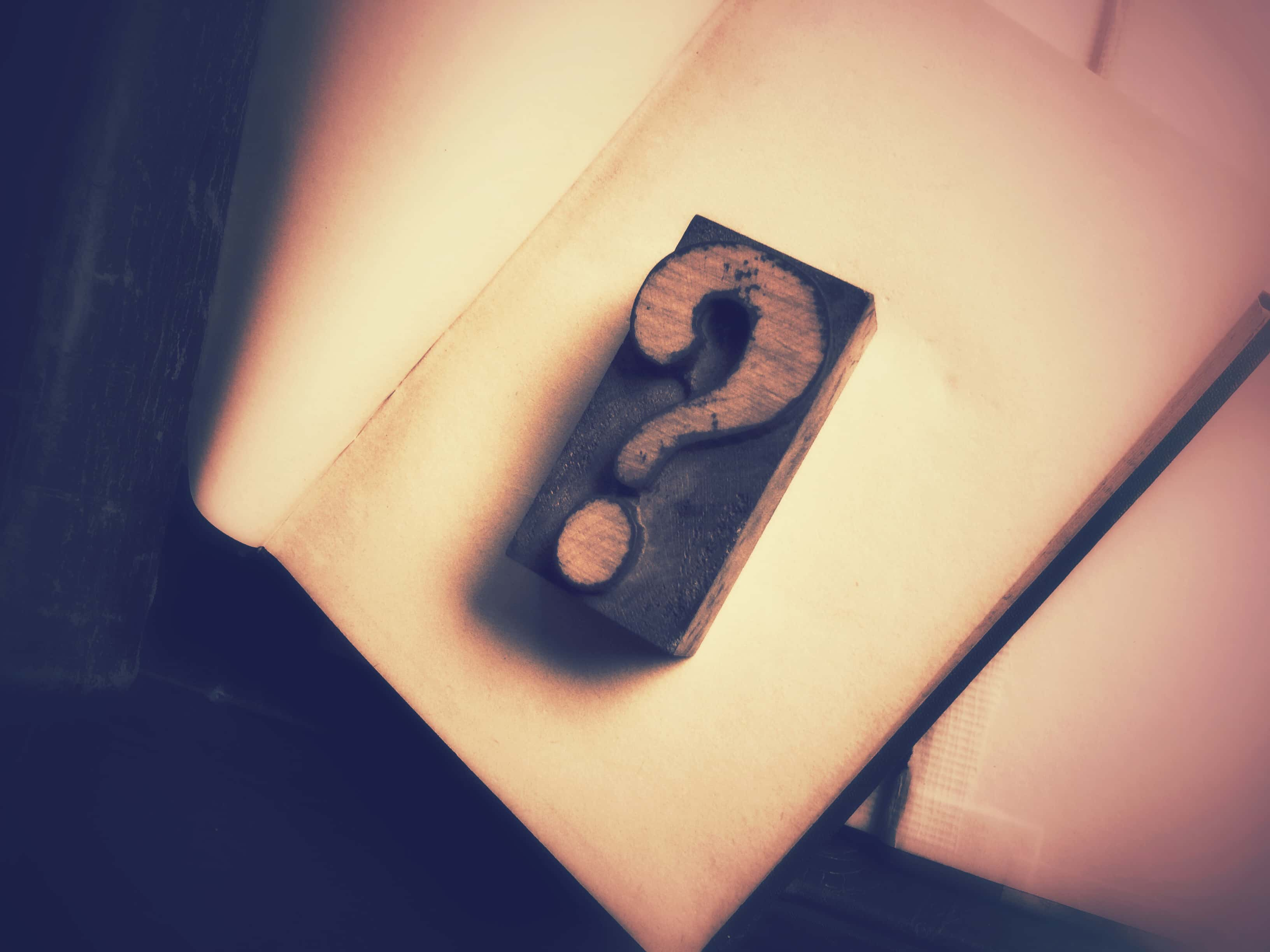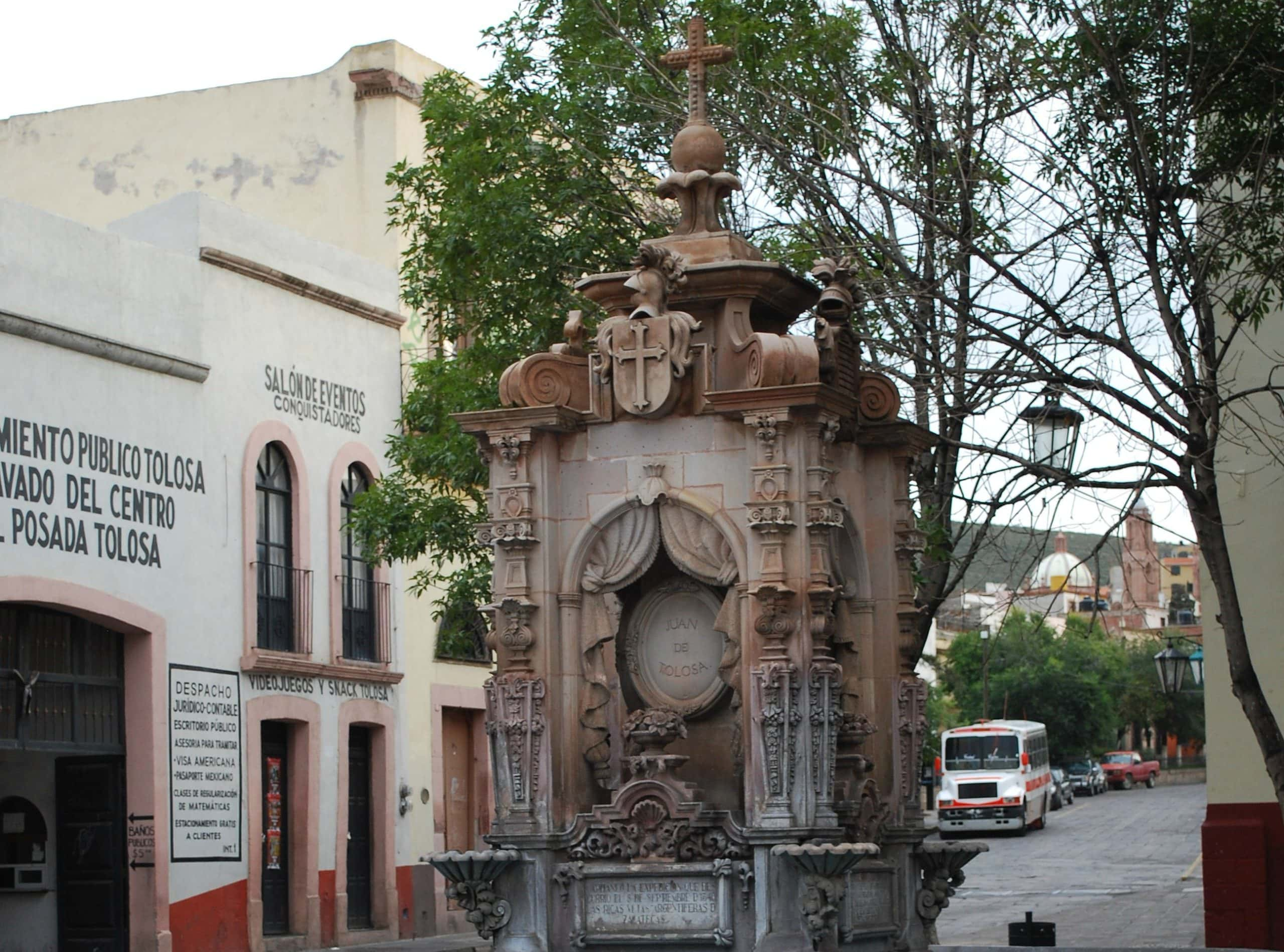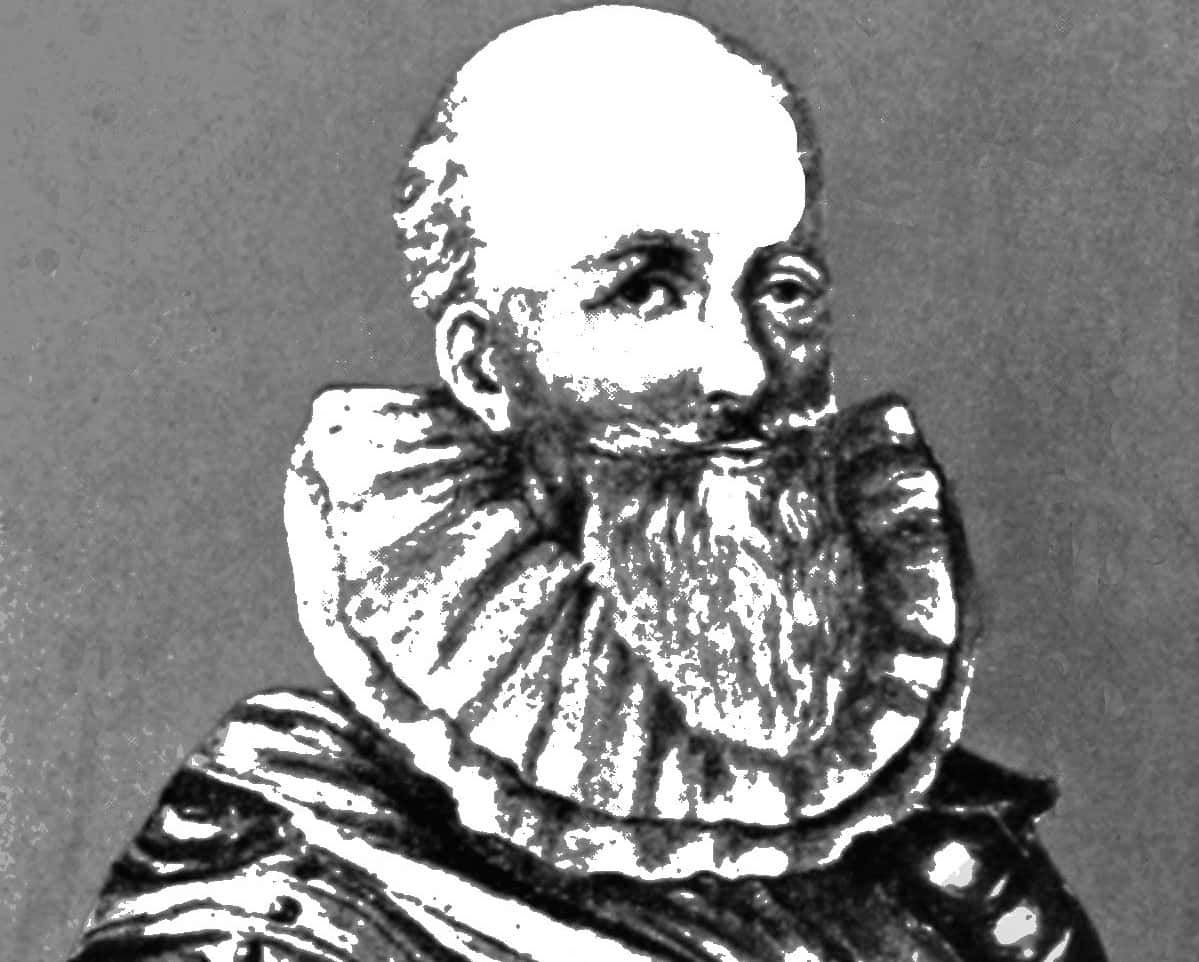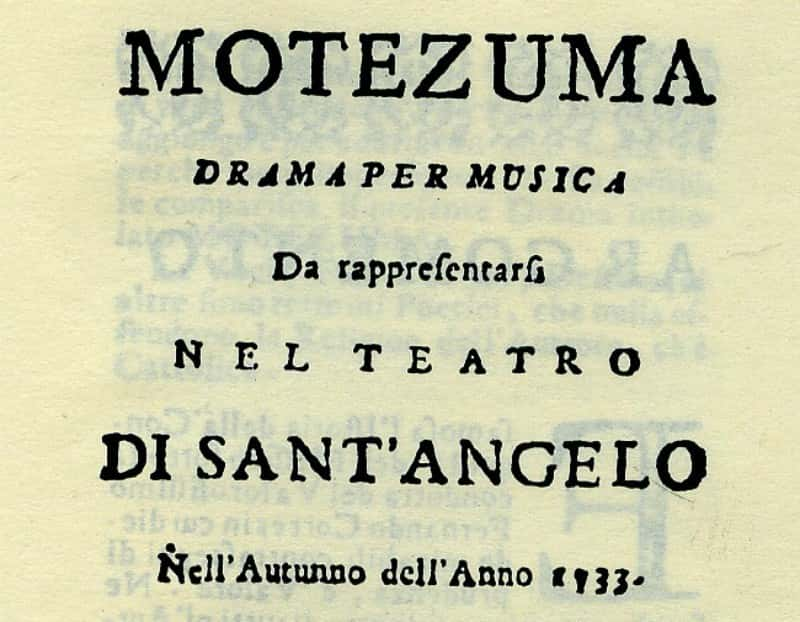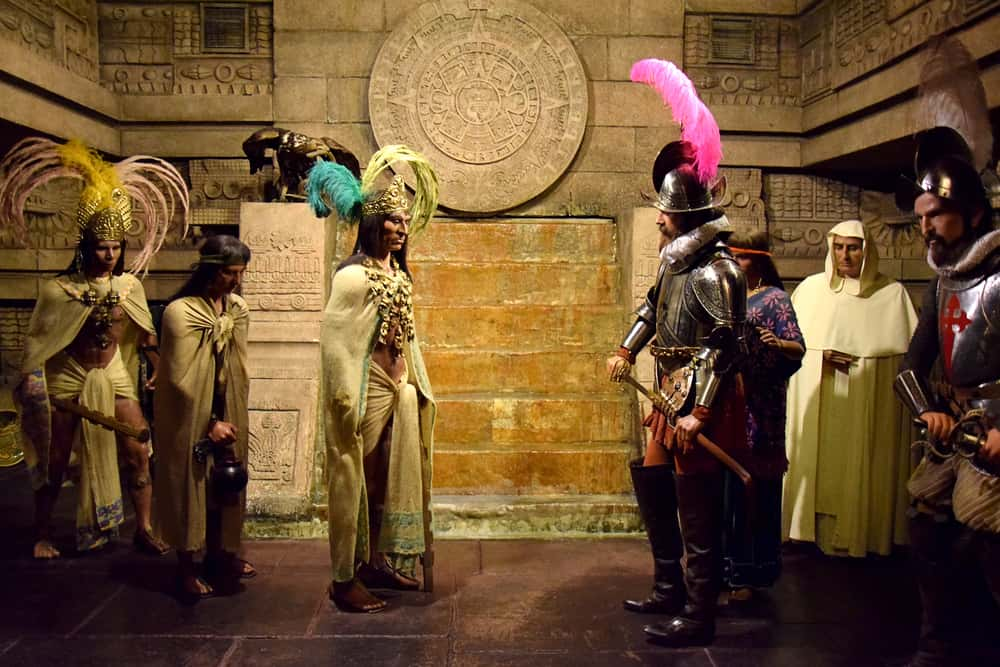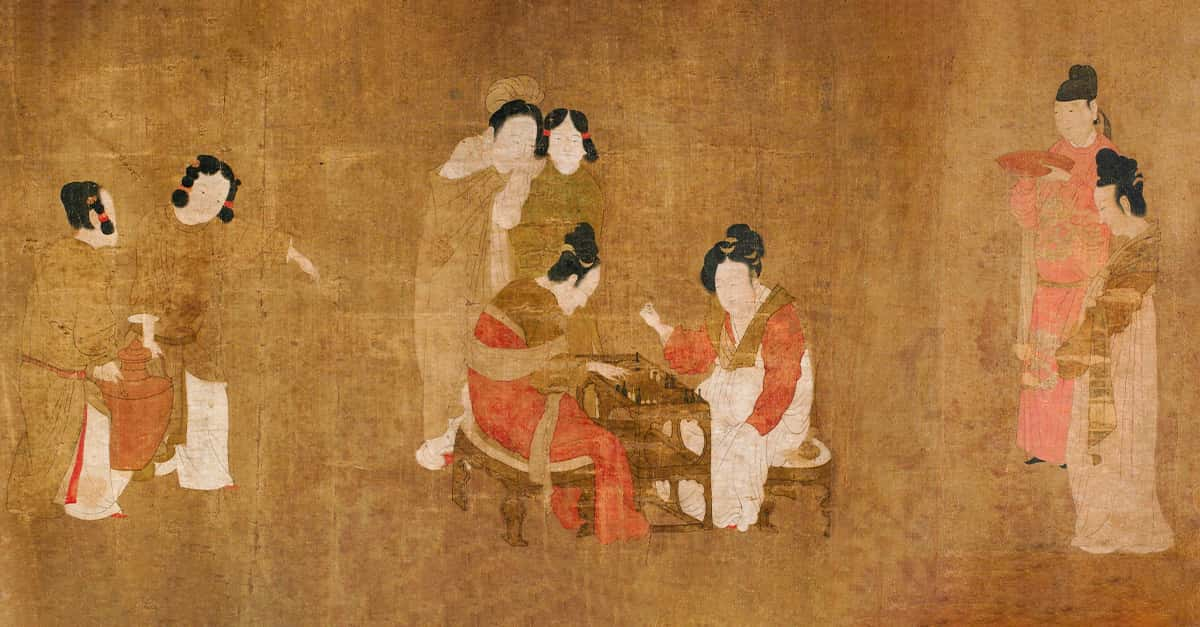The first case of European contact with Mesoamerica involved the city-state of Tenochtitlan. The ruler at the time, Montezuma, played a significant role in what happened when the Spanish leader Hernan Cortes arrived on the scene with his conquistadors. Montezuma’s expansive—and ultimately tragic—life served as a cruel example of what would happen to so many other Aboriginal inhabitants of South and North America. But what exactly happened? What is Montezuma's legacy? How much of it is accurate? Find out more below.
Montezuma Facts
1. The Second Of His Name
Montezuma was actually the second man to have that name. While the Aztecs didn’t bother with differentiating their rulers by numbers, Montezuma is officially marked as Montezuma II in European historical records.
2. Either Way, I’m In Charge
Montezuma’s official title was “tlatoani.” In the Nahuatl language, this term means “one who speaks,” as well as “ruler.” The English translation could also be “king." Montezuma was the ninth tlatoani of the Mexican city-state Tenochtitlan, ruling from 1502 to 1520.
3. A King By Any Other Name
As with many ancient historical figures, Montezuma’s name has gone through many variations in the historical records. Aside from Montezuma, he has also been known as Moctezuma, Motecuhzoma, and Motēuczōmah. According to the texts written in the original Nahuatl, his full name was Motecuhzoma Xocoyotzin.
4. Royal Temper
The way that the Aztecs pronounced Montezuma’s name had a unique translation into English. Since his name combined the terms for “lord” and “frown in anger,” Montezuma’s name could be translated to mean “he is the one who frowns like a lord.” Another possible translation is “he who is angry in a noble manner.”
5. You Know I Look Good
According to the descriptions of Spanish conquistador Bernal Diaz del Castillo, Montezuma wore his hair “just over his ears,” with a well-groomed short beard. Diaz del Castillo also wrote that Montezuma was a handsome man with a very dignified appearance.
6. Keeping Clean
Diaz del Castillo also made it clear that Montezuma was an incredibly fastidious man. He would change his clothes every day, only wearing the same outfit after three or four days had passed. Montezuma would also bathe himself every day, which no doubt would have left the Europeans baffled (keep in mind that later in the 16th century, Queen Elizabeth I astonished her subjects by bathing at least once a month).
7. Uncles Get First Dibs
While Montezuma was the ninth tlatoani of Tenochtitlan, his father had previously been the sixth. Montezuma didn't succeed his father at first; his uncles Tizoc and Ahuitzotl were the seventh and eighth tlatoani before Montezuma became the ninth at around 36 years of age.
8. Vote For Me!
Speaking of the succession, it wasn’t purely because of his genetic connection that Montezuma became the next tlatoani. As per Aztec tradition, a council of thirty noblemen, the elders of Tenochtitlan, chose the ruler. Montezuma, along with many of his brothers and cousins, made claims for leadership. The council allegedly chose Montezuma purely on his merits rather than the priority of age.
9. Love And Marriage
Montezuma had what we might call a harem of women today. Among his many wives and concubines, however, only two of them officially became Queens of Tenochtitlan. These two were Tlapalizquixochtzin and Teotlalco, the latter of whom was the mother of his daughter (more on her later).

History's most fascinating stories and darkest secrets, delivered to your inbox daily.
10. Bright Lights, Big City
At its height, Montezuma’s city of Tenochtitlan was the largest city in Mesoamerica, and one of the largest in the entire world. Its largest population was between 200,000 and 300,000 strong, which made it five times bigger than London during the reign of Henry VIII. The only European cities which could hope to compete with it in terms of size were Constantinople, Venice, and Paris.
For their part, the sight of the city astounded Hernan Cortes and his men, with Cortes writing back to Spain comparing it to their biggest and most impressive cities.
11. “What Is A King To A God?!”
Montezuma’s power as tlatoani came from a religious rather than political background. The belief system of Tenochtitlan stated that the new tlatoani would go through a ritual that made them able to speak with the voice of the god Tezcatlipoca. As a result, it would be more appropriate to consider Montezuma a god-king rather than a mere monarch.
12. Military Monty
One factor which had gained Montezuma the position of tlatoani was his martial ability. Since the tlatoani commanded the forces of Tenochtitlan, Montezuma would have had to be a mighty warrior and commander in order to be considered worthy. Indeed, after he became the ruler of Tenochtitlan, Montezuma would embark on several campaigns, albeit with mixed success (sadly, his biggest defeat came when the Spanish arrived on the scene).
13. Fertile Father
According to Montezuma’s grandson, Fernando Alvarado Tezozomoc, Montezuma had 19 children in all: Eight daughters and eleven sons.
14. The Beginning Of The End
When Montezuma first found out about the arrival of the Spanish in Mesoamerica, the year was 1517. He had been ruling Tenochtitlan for around 15 years and he was around 41 years old. Things had been going fairly well up to this point—but all that was about to change.
15. Animal Houses
Montezuma’s palace in Tenochtitlan was so massive and extravagant that he had two zoos! One of them exclusively featured birds of prey, while the other contained all kinds of mammals, reptiles, and other birds. It took a staff of around 300 people to manage these zoos and the animals they contained.
16. How Many Sharks Did He Keep, Though?
As if that wasn’t enough, Montezuma’s palace also contained an aquarium! He kept a large number of fish and aquatic animals in twenty artificial ponds. In yet another example of the incredible symmetry found in Mesoamerican architecture, 10 of these ponds contained freshwater, while the other 10 held saltwater.
17. Is He A God? Is He A Plane?
The traditional idea about Montezuma’s encounter with Hernan Cortes is that Montezuma, based on the timing of Cortes’ arrival with the Aztec calendar, believed that Cortes was the god Quetzalcoatl returned to earth. Historians have long used this to explain Montezuma’s reaction to the Spanish. However, this explanation was only given decades after the fact, and many modern historians now consider it a fabrication used to justify why things went down the way they did.
18. Make Way For Montezuma! No, Don’t Look At Him!!
In keeping with the traditions of how the tlatoani was treated, whenever Montezuma went out of his palace, servants carried him in a great litter. Common people were forbidden to look at him directly, though we imagine they’d also have to make sure they didn’t get in his servants’ way either!
19. I Did It First!
Contrary to popular belief, Hernan Cortes was not the first Spaniard Montezuma heard about. That honor goes to Juan de Grijalva, who explored Mexico two years before Cortes did. While he did encounter a delegation of men who served Montezuma, he never went to Tenochtitlan. If only Cortes had taken after him...
20. Traitor!
Interestingly, one of the men from the delegation who greeted Juan de Grijalva ended up joining de Grijalva’s company, forsaking his service to Montezuma. We know this because the man was baptized as Francisco and would accompany Hernan Cortes on his expedition to Tenochtitlan as an interpreter.
21. Someone’s Jealous
After receiving word of Juan de Grijalva’s explorations, Montezuma sent extra guards to keep a watchful eye out for any new travelers, insisting that he find out about them as soon as possible. In 1519, he learned of Cortes’ arrival, and he also learned that Cortes had made an alliance with a tribe called the Tlaxcaltecas, one of the Aztecs' greatest enemies.
In response, Montezuma wished to show his superiority to the Tlaxcaltecas, so he sent gifts to the newcomers. It’s safe to say that this would have definitely caught Cortes’ attention.
22. Great Gifts Wasted On You!
On November 8, 1519, Cortes and Montezuma met face-to-face for the first time outside of Tenochtitlan. The two men exchanged gifts, with Montezuma presenting Cortes with an Aztec calendar in the form of gold and silver discs. Much to the fury and dismay of any history buffs reading this, Cortes later melted both the discs down, interested only in how much money he could get from the precious metals.
23. I Believe I Can Touch The Sky…
Before he became tlatoani, Montezuma wasn’t just a general in the army of Tenochtitlan, he was also a high priest within their religion. The historical records make much of his piety, regularly consulting with priests and holy men even when he was tlatoani.
24. “You’re Lucky He Can’t Sue”
Before he wrote the classic novel Ben-Hur, Lew Wallace portrayed Montezuma in his first novel The Fair God. Wallace pushed the myth that Montezuma assumed Cortes must have been the god Quetzalcoatl. He claims this belief made Montezuma weak and uncertain, even ordering his own armies to stop attacking the Spanish when they could have wiped them out for good.
25. Belated Tribute
Not only do a mountain and river in Mexico City share Montezuma’s name in honor of him, but so do several species of animals and plants. These include the Montezuma quail and Pinus montezumae.
26. Rocking In The New World
In 1975, Canadian musician Neil Young released the album Zuma, which he named after Montezuma. To cement this, he called one of the songs on the album “Cortez the Killer,” detailing the downfall of the Aztecs.
27. X Marks The Spot?
One rather strange aspect of Montezuma’s legacy is the mystery of his lost treasure. A version of the story behind this treasure is the idea that when the Spanish took Montezuma hostage, they expected a ransom. Rather than give up their riches, the Aztecs hid vast hoards of gold, acting as if they couldn't afford such a ransom.
28. Fool’s Gold
Despite many attempts over the centuries to find Montezuma’s fabled treasure, and despite many claims that people have come across said treasure, there is no proof that it ever existed. For one thing, the histories never mentioned the Spanish demanding a ransom for Montezuma’s freedom. No excavations have uncovered this supposed treasure, and historians generally agree it was simply a myth.
29. Nice Hosts
According to the historical sources, the Aztecs welcomed Cortes and the Spanish to Tenochtitlan and allowed them to stay in the great city for several months. We don't know why Montezuma was so generous, with some claiming that he feared the Spanish, or that he wanted to learn about these strange people. He also might have planned to lull them into a false sense of security until the harvest season, when he could gather his armies and attack.
30. Confusing Capture
At some point during the Spaniards’ stay in Tenochtitlan, Cortes took Montezuma prisoner in his own home. We don't know when exactly this happened, or how, given how greatly the Aztecs outnumbered the Spanish in the city. Neither do we know why they took Montezuma prisoner, though some speculate that he wished to expel the Spanish from the city.
31. Under Mysterious Circumstances
Just as we don’t know the truth behind Montezuma’s capture, we also don’t know the truth about his demise. Several versions of his end exist, with no indication as to who is correct and who is lying. One theory is that the Spanish took Montezuma's life, while another claims his own people cut him down when he tried to prevent bloodshed within the city.
We will never know just what exactly happened to him, at least until we finally invent a functioning time machine.
32. The Downfall Of An Empire
After Montezuma's end, the Spanish fled Tenochtitlan. However, they soon returned, this time with thousands of the Tlaxcaltecas as their allies. They proceeded to conquer Tenochtitlan and plunder it mercilessly.
33. What A Loser!
Although the kingdom of Tenochtitlan had reached its furthest extent under Montezuma’s rule, history has often portrayed him as a very weak, uncertain ruler. This may be due to the fact that the Aztec Empire needed a scapegoat to justify why they fell victim to the Spanish invaders. Montezuma served that purpose and was thus vilified in the history books.
34. “Yeah, Sure He Said That…”
It remains a controversial mystery what exactly happened when Cortes and Montezuma sat down and began communicating with each other. According to Cortes himself, writing back to the Spanish King, Montezuma willingly submitted his kingdom to Spain. As it seems unlikely that a god-king would so eagerly surrender his authority, it’s safe to assume that Cortes was either lying or mistaken.
35. “That’s Not What I Meant!”
One possible reason for Montezuma’s assumed surrender could lie within a loss in translation from Nahuatl to Spanish. It was a custom among Montezuma’s people to speak in very polite terms, which could have led to confusion if mistranslated. Of course, that means we’ll never know what exactly Montezuma really meant to say.
36. Slimy Opportunists
Another reason why Cortes might have claimed that Montezuma submitted himself to the Spanish King’s authority is that it would give the King justification to attack him. According to Spanish law, the king couldn’t force people to submit to him, but he could punish rebels with impunity. Cortes might have been seeking a moral loophole to conquer Tenochtitlan (if such a loophole could ever exist).
37. “Where’s A Historian When We Need One?!”
Because of the uncertain sources, we don't know what exactly happened to Montezuma’s children. The Spanish allegedly took two of his sons prisoner after Tenochtitlan fell. Many sources claim they lost their lives in Spanish captivity, but it's hard to say for sure.
38. Daughter, Dear Daughter
After the loss of her father when she was a child, Montezuma's daughter, Tecuichpoch Ixcaxochitzin, spent her teen years being used as a pawn because of her name. She was married off to Montezuma’s successor (who was also her uncle) before his premature death from smallpox just 60 days later. She was then married to the next (and last) tlatoani of Tenochtitlan: her cousin Cuauhtémoc. The Spanish captured Cuauhtémoc after they, along with their Aboriginal allies, conquered Tenochtitlan.
Tecuichpoch survived her husband (the Spanish executed him) and entered into a relationship with none other than Hernan Cortes himself. Cortes turned out to be no different from her previous partners; he forced Tecuichpoch to convert to Catholicism and baptized her with the name Isabel.
39. What Of My Granddaughter?
Isabel, as she was called from then on, would have a daughter with Cortes, the man who’d captured and possibly slain her father. As you can imagine, their relationship soured very fast, and Cortes married her off to one of his colleagues. However, Cortes acknowledged and financially supported his illegitimate daughter (and Montezuma’s granddaughter).
This girl was Leonor Cortes Moctezuma, and she would marry Juan de Tolosa and have at least three children with him. It’s unknown when she passed, but we know it was sometime before 1594.
40. Mourned By His Foes
Surprisingly, Montezuma’s passing genuinely moved the Spanish. Bernal Diaz del Castillo wrote that he, Cortes, and the other conquistadors wept for Montezuma, whom they not only considered “the best king they ever had in Mexico,” but also a sort of father figure to them. How tragic, then, what they would put Montezuma’s people through in the ensuing centuries.
41. Montezuma’s Renaissance
During the 18th century, Montezuma became the subject of a surprising number of operas. Antonio Vivaldi, Josef Myslivecek, Carl Heinrich Graun, and Niccolo Antonio Zingarelli all took the time to pen works about the fallen ruler.
42. Vengeance Be Mine
To this day, Mexicans have a nickname for the diarrhea which frequently afflicts tourists: “Montezuma’s Revenge.” The implication comes from the urban legend that Montezuma laid a curse against those Europeans who would slaughter and enslave the Aztecs. To be fair, if it’s true, it would certainly not be undeserved.

